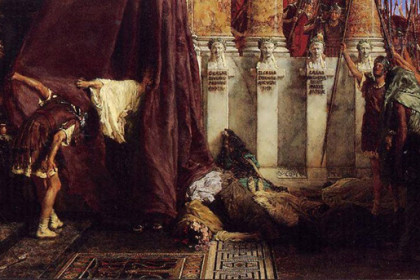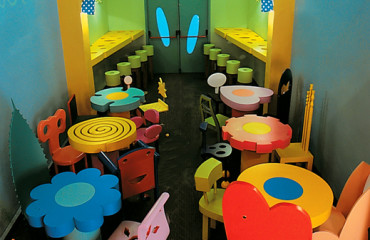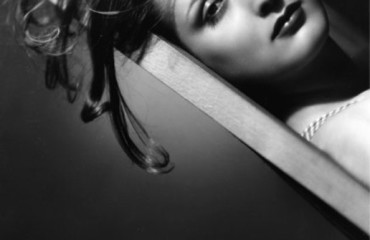
We are quickly approaching to the time when it seems that the Sun, in its apparent motion, stops: winter solstice. On December 24th it seems to resume its journey, giving us more light and heat, thus creating, from simple observation, the mythopoeia of an enchanted night. A magic incidental to the universal unconscious psyche, to quote Hillman, who is perpetuated year after year, for centuries, made of hopes and dreams and natural rhythms and that takes different names, symbols and traditions.
3600 years ago in Persia, Mithras was born and Egypt recalled the birth of Horus; Babylon had its Tammuz. Mexico was celebrating the birth of the feathered snake, Quetzalcoatl, while in Scandinavia populations of warriors were celebrating the birth of the god Freyr, who gives peace to mortals. Finally, Greece witnessed the wondrous birth of Dionysus and Syria had its Adonis. And in the end the kings of the East bring gifts to the newborn Messiah on this side of the river Jordan… A new birth, of deity, of the sun, of our lives, that after apparent stops, restart to move. It is a gift and a wish for all peoples, “genuine sacrifice to sweetness of life, which consist first of all in not dying,” says Claude Lévi-Strauss in his Santa Claus Executed.
Myth to become legend needs images and collective imagination for centuries has been fed with the same visions that great painters show us how from Saturnalia (image: Sir Lawrence Alma-Tadema, Ave Caesar! Io Saturnalia!, 1880) we learnt the use of large banquets and the habit of exchanging gifts and greetings, from druids of Iron Age we learnt to use holly for revival (image: George Goodwin Kilburne, Yuletide, unknown date) and mistletoe, for ward off all evil (image: Sir John Everett Millais, The Mistletoe Gatherer, 1894) which will end up hanged in the house as protection and retrieval of fertility (image: Dante Gabriel Rossetti, Hanging the Mistletoe, 1860).
And again, form of all childhood memories of everyone of us, the Christmas tree, sacred tree of fire that in pagan times was believed to contain spirit of life, which was released in the form of fire if the tree was struck by lightning (image: Viggo Johansen, Silent Night, 1891); in modern times we will give it a symbolic fire decorating it with candles. Nothing has changed that much, even the recurring colors, such as red holly berries, milky white as mistletoe, blue as the night.
Carols resound today as in the days of the Pre-Raphaelite Brotherhood (image: Dante Gabriel Rossetti, Christmas Carol, 1858), yet someone tells the fortune at candlelight (image: Mykola Pymonenko, Yuletide Fortune Tellers, 1888), we tell ghost stories in front of the fireplace and – if you pay attention – you might even see one circling around the chimney (John Anster Fitzgerald, Christmas Eve, unknown date), or, if you have a fine hearing you could even listen to angels’ lullaby (image: Adolphe William Bouguereau, Song of the Angels, 1881).
 English
English  Italiano
Italiano 



